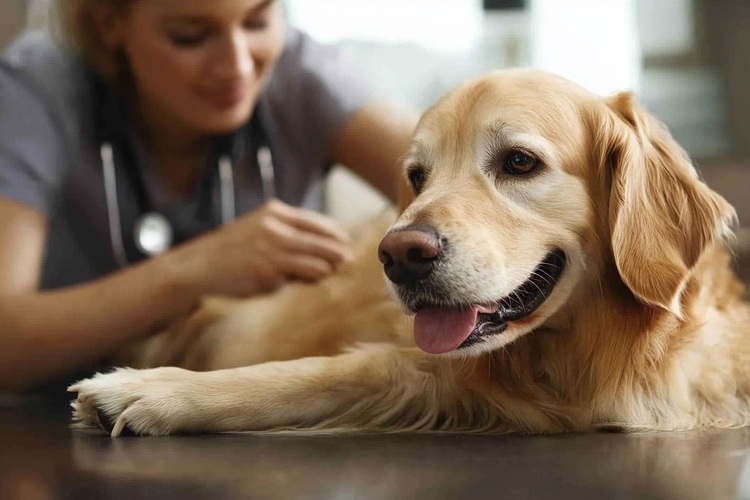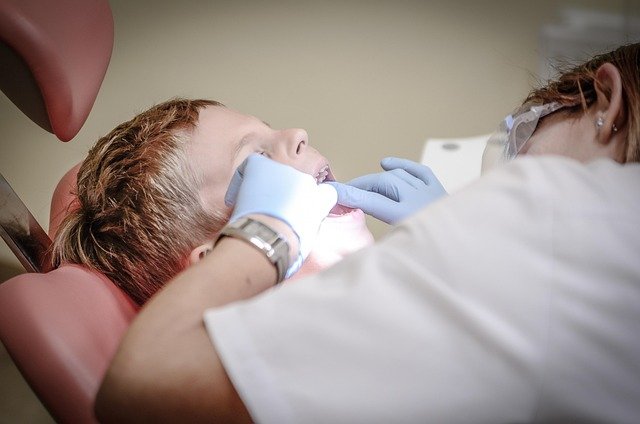Understanding Your Pet's Health Signals and Warning Signs
Recognizing early health indicators in your pet can make the difference between a minor concern and a serious medical emergency. From subtle changes in eating habits to obvious signs of distress, pets communicate their health status through various behavioral and physical cues. Learning to interpret these signals helps pet owners provide timely care and maintain their companion's wellbeing throughout their lives.

Pet ownership comes with the responsibility of monitoring your companion’s health and recognizing when something might be wrong. Unlike humans, pets cannot verbally communicate their discomfort or pain, making it essential for owners to understand the various ways animals express health concerns through behavior, appearance, and routine changes.
Tips for Healthy Pets Through Daily Observation
Establishing a routine observation schedule helps identify changes in your pet’s normal behavior patterns. Healthy pets typically maintain consistent eating schedules, energy levels, and social interactions. Watch for alterations in appetite, whether increased or decreased, as these often signal underlying health issues. Changes in water consumption, particularly excessive drinking or complete avoidance, warrant immediate attention from veterinary professionals.
Physical examination during regular grooming sessions reveals important health indicators. Check for unusual lumps, bumps, or skin irritations that might indicate infections or other medical conditions. Monitor your pet’s breathing patterns during rest and activity, noting any labored breathing, wheezing, or persistent coughing that could suggest respiratory problems.
How to Care for Pets with Preventive Health Measures
Preventive care forms the foundation of long-term pet health management. Regular veterinary checkups, typically scheduled annually for adult pets and bi-annually for senior animals, allow professional assessment of your pet’s overall condition. Vaccination schedules protect against common diseases while parasite prevention programs safeguard against fleas, ticks, and internal parasites.
Dental health significantly impacts overall wellbeing, with poor oral hygiene leading to systemic health problems. Establish regular teeth cleaning routines and provide appropriate chew toys that help maintain dental health naturally. Monitor for signs of dental disease including bad breath, difficulty eating, or visible tartar buildup on teeth.
Understanding Pet Health Needs Across Life Stages
Pet health requirements change significantly throughout different life phases, from puppyhood and kittenhood through senior years. Young animals require frequent veterinary visits for vaccination series and growth monitoring, while adult pets benefit from annual wellness examinations and preventive care protocols. Senior pets often need more frequent health assessments due to increased susceptibility to age-related conditions.
Nutritional needs also evolve with age, activity level, and health status. Young, active pets typically require higher calorie diets supporting growth and energy expenditure, while senior animals might benefit from specialized diets addressing joint health, kidney function, or weight management. Consult veterinary professionals for guidance on appropriate dietary transitions and feeding schedules.
Daily Routines for Pet Wellness and Health Monitoring
Consistent daily routines support both physical and mental health in pets while providing opportunities for health observation. Regular exercise appropriate to your pet’s age, breed, and physical condition maintains cardiovascular health, muscle tone, and mental stimulation. Monitor exercise tolerance, noting any reluctance to participate in previously enjoyed activities or excessive fatigue following normal activity levels.
Grooming routines serve dual purposes of hygiene maintenance and health monitoring. Regular brushing prevents matting while allowing examination of skin condition, identification of parasites, and detection of unusual growths or injuries. Pay attention to changes in coat quality, excessive shedding, or skin irritation that might indicate nutritional deficiencies or health problems.
| Service Type | Provider | Cost Estimation |
|---|---|---|
| Annual Wellness Exam | Local Veterinary Clinics | 150-300 pesos |
| Emergency Veterinary Care | 24-Hour Animal Hospitals | 2,000-8,000 pesos |
| Dental Cleaning | Veterinary Dental Specialists | 1,500-4,000 pesos |
| Vaccination Package | Animal Health Centers | 800-1,500 pesos |
| Pet Insurance | Various Insurance Providers | 300-800 pesos monthly |
Prices, rates, or cost estimates mentioned in this article are based on the latest available information but may change over time. Independent research is advised before making financial decisions.
Recognizing Emergency Health Situations
Certain symptoms require immediate veterinary attention regardless of time or day. Difficulty breathing, seizures, loss of consciousness, or severe bleeding constitute medical emergencies requiring prompt professional intervention. Persistent vomiting, especially when accompanied by lethargy or dehydration signs, indicates serious health concerns needing urgent care.
Behavioral changes often precede physical symptoms, making observation of your pet’s normal personality and habits crucial for early problem detection. Sudden aggression, withdrawal from family interactions, or significant changes in sleep patterns might indicate pain, illness, or psychological distress requiring professional evaluation.
This article is for informational purposes only and should not be considered medical advice. Please consult a qualified healthcare professional for personalized guidance and treatment.
Maintaining awareness of your pet’s normal behavior patterns, implementing preventive care measures, and recognizing warning signs ensures the best possible health outcomes for your companion. Regular veterinary partnerships, combined with attentive daily care, provide the foundation for a long, healthy relationship with your pet.




